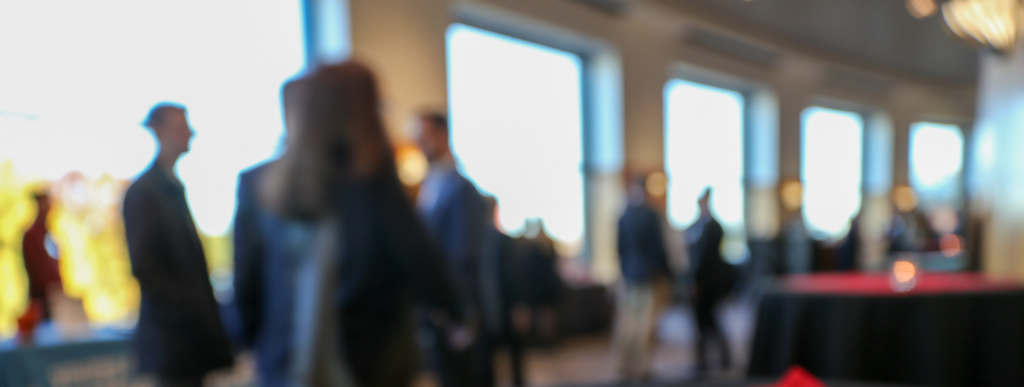
Rising StarRising Star: Vivek Mano Invented a Robot to Make Music Practice Fun

“Practice” is not a word that typically elicits images of fun. When it comes to learning how to play an instrument, most of us associate “practice” with memories of stumbling through scales while wishing we were outside playing.
Does music practice have to be so tedious? Vivek Mano doesn’t think so. That’s why he created Wigl, an interactive educational robot with a musical ear. Here’s more from Vivek:
The spark that inspired the birth of Wigl: Memories of being a third grader, practicing recorder. I remember being in a room by myself, feeling frustrated because I wasn’t sure if I was playing a note right. When I was thinking about building something fun for kids on the educational side of things, I thought, wouldn’t it be cool if you could control something not with a tablet or smart phone, but with music?
The problem Wigl solves: Really, I just think it’s cool. When I did some testing with kids at the Renaissance School, I learned more about what actual problem was. Younger children don’t always have the muscle dexterity to play correctly, and they don’t hear notes the same way we do. If it’s off-key, they might not get it. But the robot doesn’t move if they don’t play a note correctly. Kids anchor sound to the movement and to the colors that light up in robot, which helps them get their notes down.
Don’t be afraid to start sharing your idea with people.” (Tweet this.)
Also, I’ve added a second feature—the robot stores notes in its memory, and when you play a particular note, kind of like the “enter” key in a computer program, it plays the stored notes. This helps kids understand basics of programming, and bridges the gap from STEM to STEAM.
I’m an engineer and always liked math as a kid, but we’re lacking engineers globally. It makes me wonder if there’s a better way to get kids interested in engineering that’s not directly linked to math. Getting kids to program a robot and control it through music helps them to understand that engineering is really about creative problem solving.

What differentiates you from your competition: There are educational robots for kids out there, but most are controlled by a program on a tablet or smart phone. I think that’s one approach, but I’m going in the opposite direction by highlighting the fact that we don’t use a tablet or smart phone for interaction. I think it’s important to have some educational tools that don’t require a screen.
How you make money: Originally I thought I was going to have to sell the product for $150, but I was able to get the price point down to $99. Our focus is in education, with schools equipped for interdisciplinary learning. At the moment, I can’t do margins at most big-box retailers, but I’ve made some inroads with music companies that sell to the education market. I also see museum gift shops as a great place to sell Wigl.
The biggest surprise in your entrepreneurial experience: I moved to Portland two-and-a-half years ago, and I would say the biggest surprise is how supportive everyone has been. Often people starting an entrepreneurial venture tend to hold their idea close to their chest. They are afraid to spill beans. But the first people I met said, talk to everyone about it, you’ll be surprised at how helpful they are. Here, I never feel uncomfortable discussing my venture. People are genuinely interested in helping out.
Your biggest success: I had a table at OMSI’s Maker Faire PDX ,and about a thousand people stopped by. It was so great to see kids light up as they interacted with the Wigl. They were calling it by name—“Hey Wigl, come here Wigl!” In December, we also won the TiE Pitchfest in the Seed/Bootstrap category, which has spurred a lot of interest.
The best entrepreneurial advice you have received: Never take dumb money. At first I thought, of course, if anyone offers me money I’m going to take it. But I’ve had a lot of offers, and I’ve said no to everyone. Right now I own 100% of the company and I can shape it however I see fit.
Your #1 piece of advice for a budding entrepreneur: Don’t be afraid to start sharing your idea with people. If you have any type of idea that requires getting consumers and customers interested, throw up a landing page immediately and start driving traffic to it.
What wild success looks like: I’m trying to get the first units out there, and then I’ll have more leverage to get this into different markets. I see it taking a lot of different shapes. Wild success is being able to license the technology inside of Wigl for other interactive robots that don’t require a tablet or smart phone.
Learn more: Visit website | Follow on Twitter
